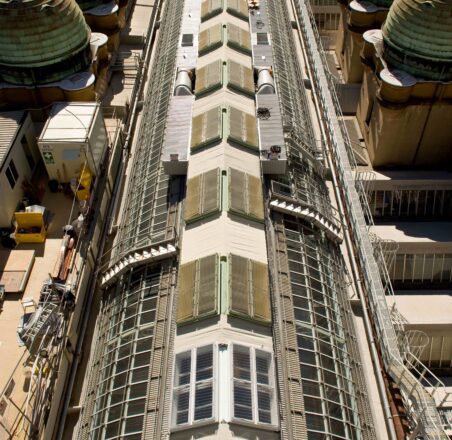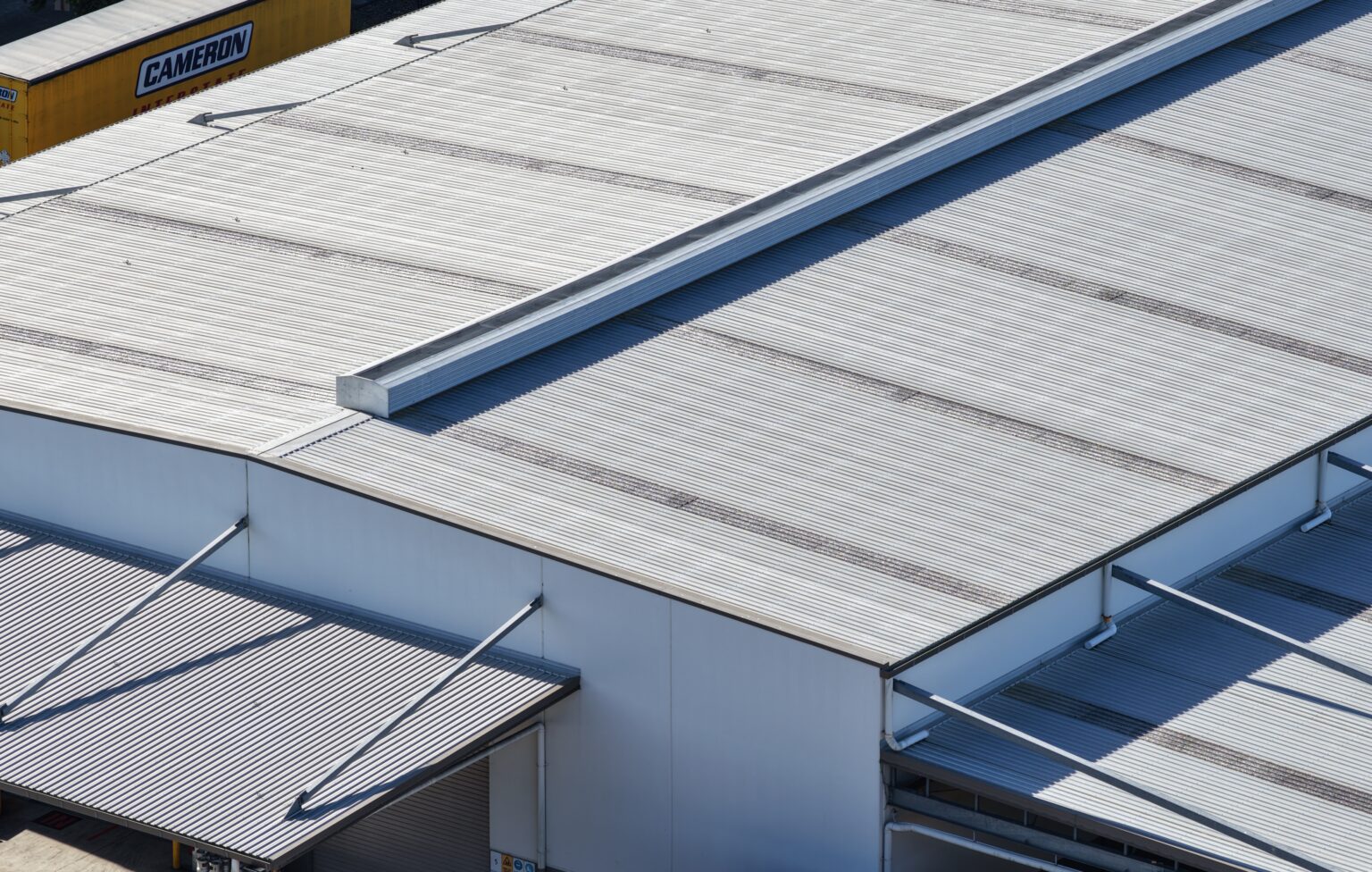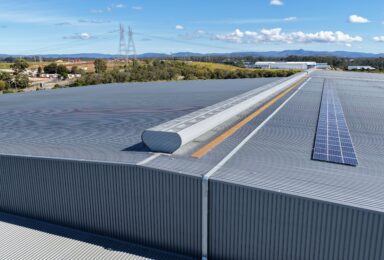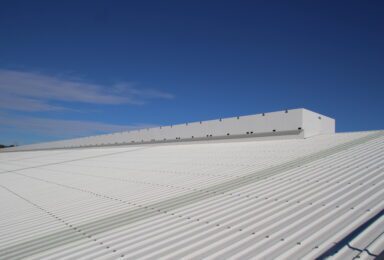
Avoiding Overspend Under the NCC 5% Ventilation Rule
The Hidden Cost of the NCC 5% Ventilation Rule, And How to Avoid It
You have a ventilation requirement to meet. This is based on NCC’s 5% of ventilation openings required, based on the building’s floor area. You’re staring down the barrel of oversized vents and openings and need commercial construction language that makes no real sense for how the building will actually function.
Here’s the thing: DTS (Deemed-to-Satisfy) feels like the safe path. It’s black and white. But it’s also one-size-fits-all and more often than not; that means overengineering and overspending.
What if you could meet the NCC ventilation requirements without defaulting to the full 5%? What if you could reduce the opening area, avoid over-spec materials, and still get certified?
That’s exactly what Performance Solutions allow you to do, and we’re certified to deliver them.
In this article, you’ll learn how Performance Solutions can:
- Reduce your required vent/louvre opening area potentially by up to 40%
- Cut material and labour costs without compromising compliance
- Deliver smarter, site-specific outcomes, not blanket rules
Let’s look at the cost implications of using the Deemed-to-Satisfy ventilation rule and explore when a Performance Solution might be a more efficient option.
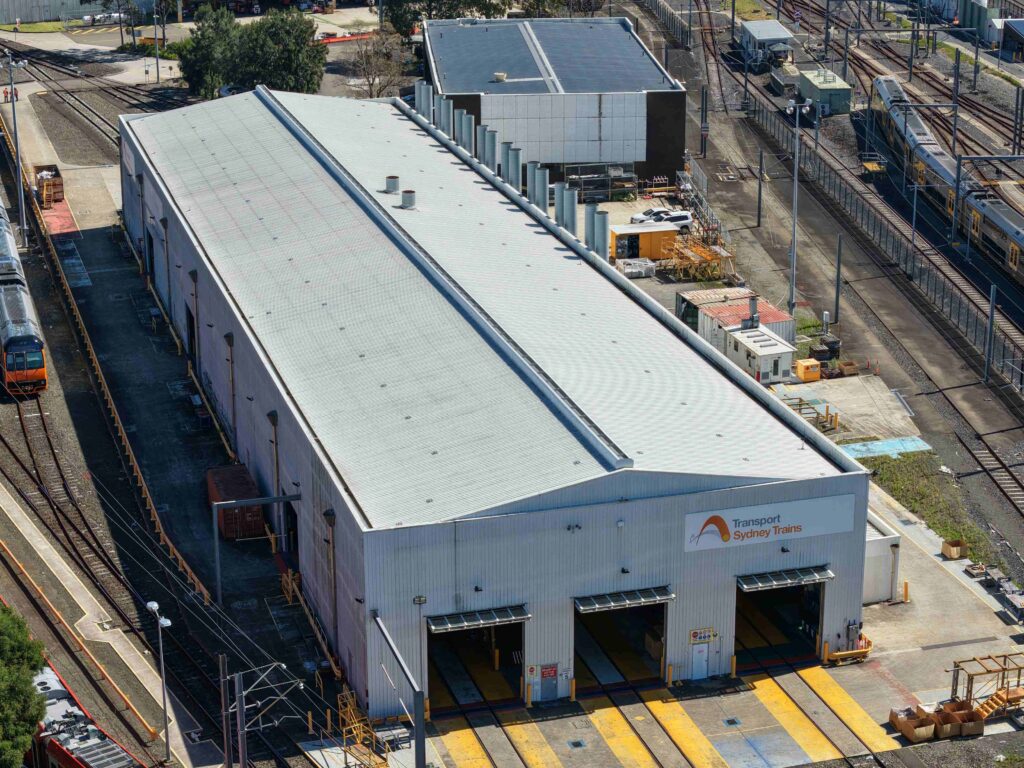
What the 5% Rule Actually Means
The 5% rule is part of the DTS requirements in the NCC for ventilation. It states that at least 5% of the floor area must be provided as openable area, whether that’s vents, louvres, windows, roller doors or other suitable methods.
Why does it exist?
It’s meant to ensure enough air movement to ventilate a space. But it’s a blanket rule.
It doesn’t account for:
- The specific function or occupancy of your building
- Whether the openings are well-placed or just… big
In reality, this leads to a tick-box approach.
Design teams apply the 5% figure in accordance with what they think is the correct procedure to follow. The frustrating part? You could achieve the same or better ventilation outcomes with less, if you’re allowed to design for performance instead of just numbers.
How Performance Solutions Solve the 5% Problem
Performance Solutions give you flexibility. Instead of following the rigid 5 percent rule, you can design a ventilation system that actually suits the building and still meets NCC ventilation compliance.
Here’s how it works:
You use real data such as wind rose analysis, CFD modelling, and engineering inputs to show that your design meets the intent of the code. You are proving it works, not just relying on default numbers.
A customer once asked us what our strategy was for a Performance Solution. Here’s the simple version of what we told them:
- We use ridge vents to allow hot air to rise and escape naturally, creating cross-flow ventilation throughout the space.
- Airflow rates are calculated using a recognised industry formula (ASHRAE or AS 4740), even assuming zero wind, to stay conservative.
- We then double-check those results against Australian standards (AS 1668.4) to ensure they meet minimum ventilation requirements.
- To keep the system balanced, we match inlet and outlet openings at a one-to-one ratio as a minimum to maintain proper air movement through the building.
The results speak for themselves.
In many cases, like projects we have proposed recently, you only need a 3% opening area instead of five percent to achieve the same or better performance.
That is a 40 percent reduction in vent or louvre area.
It also means:
- Lower product and installation costs
- Smarter use of space
- No need for over-engineered materials like 5mm steel
Engineers and designers get to build more efficient systems. And because our Performance Solutions are certified, you still achieve full compliance without the overspend.
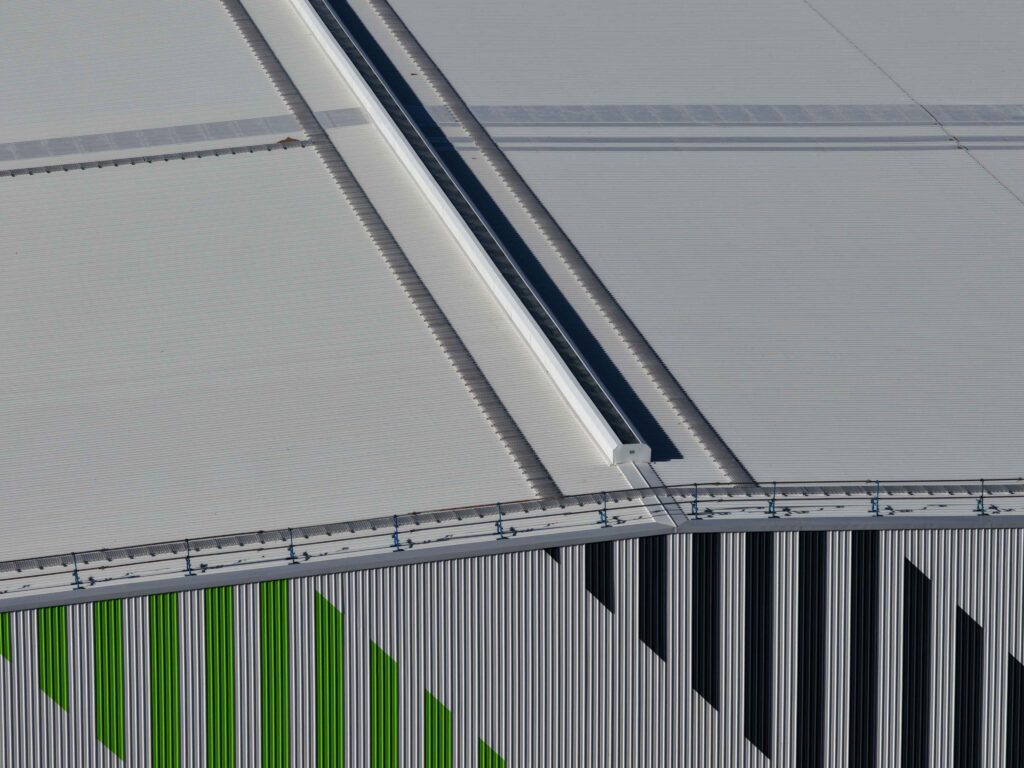
Why DTS Leads to Overdesign and Overspend
The DTS pathway under the NCC sets a clear benchmark: 5% of the building’s total envelope must be open for ventilation. No airflow modeling. No nuance. Just 5%.
It sounds simple but it’s also blunt.
Because this rule applies across the board, it doesn’t take into account how your building actually functions, what it’s used for, or how airflow naturally moves through the space.
So, what happens?
You end up with:
- Bigger vent or louvre areas than you need
- Overengineered solutions that call for heavier materials
- More installation labour
- A ventilation design that costs more but doesn’t perform any better
It’s compliance through overdesign and the cost adds up fast.
In many projects, DTS isn’t “safe”; it’s just expensive.
Real Project Example: QTMP Ventilation Redesign
Let’s look at a real project where shifting from DTS to a Performance Solution delivered major savings.
QTMP were following the 5% ventilation rule for their 21,000 m² building – train manufacturing facility. To meet the requirements, they had over 900 metres of louvres designed into the building, plus a specially built roof peak to fit even more.
It was compliant. But it was overdesigned and expensive.
We reviewed the design and proposed a more cost-effective approach to providing roof openings, using our 4 Series roof vents in place of the original system. This also removed the need for the custom roof peak, delivering both material and structural savings.
The updated design was backed by airflow analysis. The new design reduced their total louvre requirement by over 30%. That’s a massive reduction in product, framing, installation, and labour.
The new approach was certified under a Performance Solution by our own Jordan Chia, with full NCC compliance achieved, just without the excessive cost.
Instead of sticking with an overdesigned system, QTMP ended up with a smarter, leaner outcome that still ticked every compliance box.
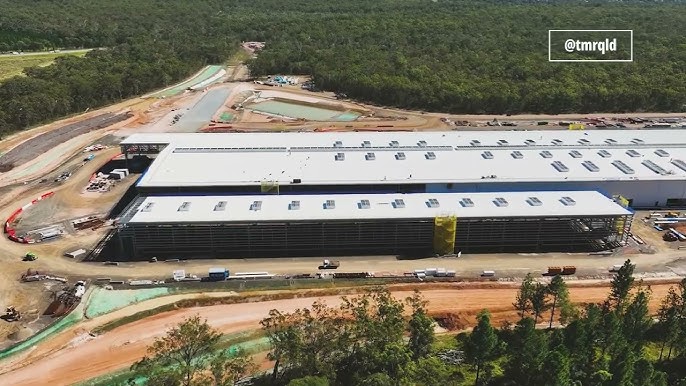
The Smart Way Forward for Designers and Builders
Defaulting to DTS might feel like the safer option, but as you’ve seen, it often means unnecessary cost, overdesign, and oversized materials.
Performance Solutions give you a flexible, cost-effective way.
By designing for actual performance, not just default percentages, you can reduce vent and louvre requirements, cut material and labour costs, and still meet every compliance requirement under the NCC.
And when you work with certified professionals who understand the process, the risks can be overcome.
Want to see what this could look like on your next project? Speak directly with an expert today!
